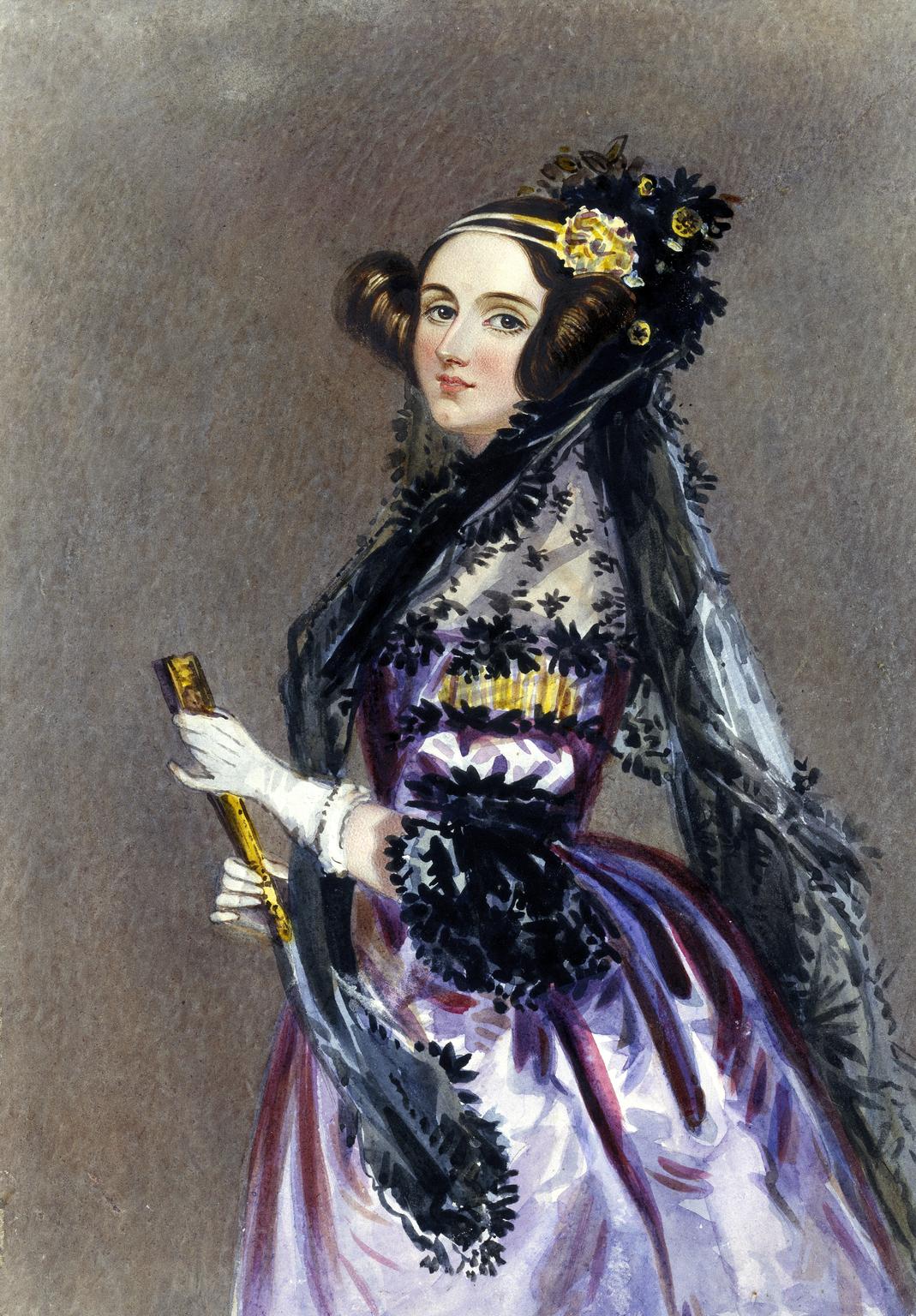Ada Lovelace

Alfred Edward Chalon: Portrait of Ada, Countess of Lovelace, England, 1840, Watercolour.
Courtesy of Science Museum London
The first female programmer ever, Ada Lovelace, saw the digital revolution coming. She also had an inkling of the profound changes it would trigger.
“[The Analytical Engine] might act upon other things besides number, were objects found whose mutual fundamental relations could be expressed by those of the abstract science of operations, and which should be also susceptible of adaptations to the action of the operating notation and mechanism of the engine. Supposing, for instance, that the fundamental relations of pitched sounds in the science of harmony and of musical composition were susceptible of such expression and adaptations, the engine might compose elaborate and scientific pieces of music of any degree of complexity or extent.” Ada Augusta, Countess of Lovelace, 1843
see: Sadie Plant: Zeros + Ones. Digital Women and the New Technoculture, London 1998, pp. 5-32.